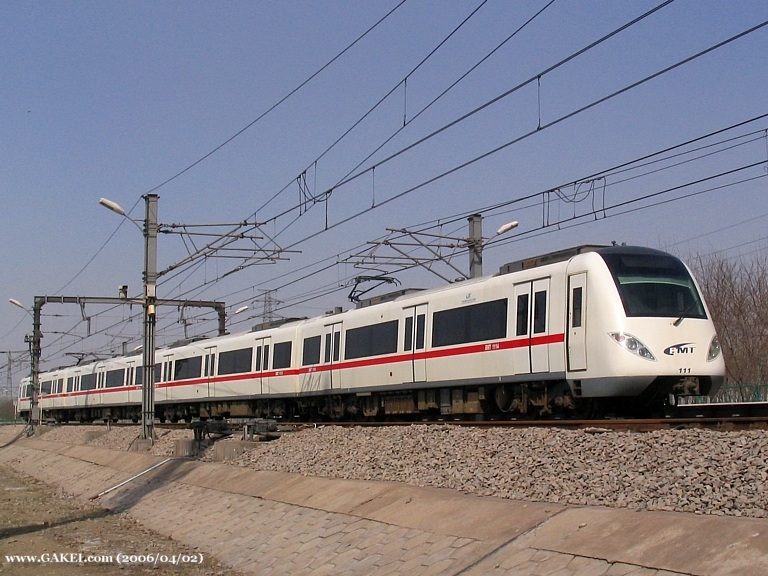Ford probably hasn't been to St. Clair since it was completed; he likely got caught in construction years ago and that's his evidence as to it being a disaster. That, or a taxpayer phoned him. 
Last edited:
You assume that because an LRT route is above ground it means waiting out in the snow?
LRT's are not street cars!
Many LRT's I've ridden have bright, naturally-lit, and warm stations. Copenhagen's is the first to come to mind.
Copenhagen doesn't have an LRT.
LRT's are flexible, they can be run at grade alongside sidewalks etc, but they can also be used in dedicated rights of ways. This point is important because it's an obstacle to many people's perceptions in Toronto, that proposed LRT lines are going to obstruct their SUV's.
Yes smartypants, Copenhagen does have an LRT. I've used it many times.
Copenhagen has a metro system. It is lighter, and accelerates and decelerates faster than a standard GO style commuter train. It travels mainly above ground. It is very similar to Vancouver's skytrain and Berlin's S-Bahn. It has frequent stops and travels underground where necessary in the urban core, and is primarily above ground as soon as it is practical for it to do so.
LRT defined: http://en.wikipedia.org/wiki/Light_rail
Copenhagen's Metro system: http://intl.m.dk/Drive+the+Metro/Maps.aspx

Well, the clock seems to be ticking towards a lockout / strike. Any predictions?

I've used it many times as well. Taken it end-to-end-to-end.
You're highlighting the ongoing issues with semantics. After all, we've had people argue that the Toronto subway is light rail (since it can't share tracks with mainline "heavy rail").
But generally the Copenhagen Metro would be considered a Metro, just like the Toronto Subway. Most importantly, the Copenhagen Metro technology is limited in its operating environments. It could not operate in a transit city-style median, or in mixed traffic, it has to be fully grade separated. This is what usually separates "light rail" from "metro", including "light metro".
It's best not to get caught up on marketing terms. "Light Rail" as a term is very popular these days. This is the Binhai "Light Rail" line in Tianjin, China:

It might seem like a minor point, but I think that pointing to what exists in Copenhagen as an example of what "light rail" might mean for Toronto is just as damaging as pointing to Spadina and saying that's what Transit City means. (And, frankly, Spadina is closer to Transit City in execution than Copenhagen.)
UT has a pretty good breakdown of transit mode terminology: http://urbantoronto.ca/forum/showthread.php/6508-Transit-Glossary
lockout for a month
Why would the city lock out the workers? The city can impose the new terms of employment immediately without a negotiated contract with the union. The workers are expected to show up for work as usual. Now, if the workers go on strike, only then might we see a lock out.lockout for a month




